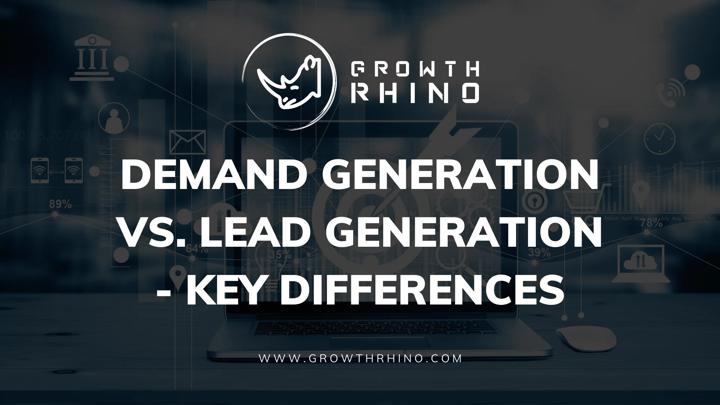
Businesses need to keep up with their sales to create long-term success. Many top companies will point to marketing once asked: what makes their revenue continue to soar through the years?
Having an influential strategist in your marketing team is the greatest key to opening doors for a brand. Demand and lead generation are two ways of marketing that help brands create a name for themselves. They're often mistaken as one, mainly because of their ability to work hand-in-hand if appropriately executed.
Learning the difference between demand generation and lead generation is a must to have an edge against competitors. Let's look at demand and lead generation strategies, and see how they mesh together to create a significant marketing impact.
What is Demand Generation?
What is demand gen? Demand generation is a form of marketing that focuses on spreading awareness about your product or service. It's about expanding your reach and creating a noise in the market for your brand to be known.
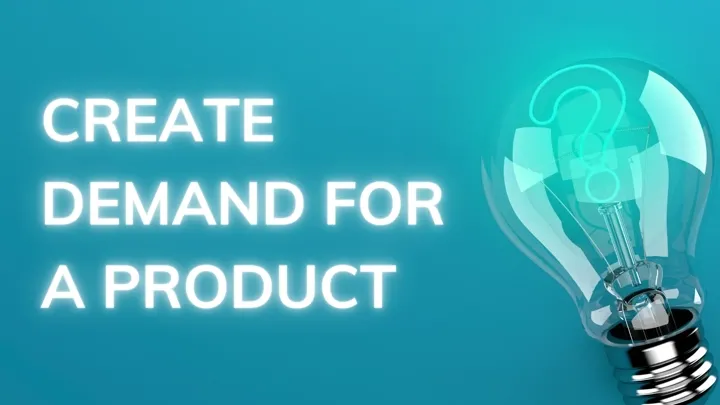
As easy as it may sound, demand generation is a long-term marketing technique. You couldn't expect a result overnight, as it's all for a gradual understanding of your target market. Finding the right way to reach people and make a first impression is a must, as it may decide if the product's marketing appealed well enough for the customers to be intrigued.
The marketers use data to form their campaigning strategies: will they use a billboard advertisement, SEO articles, offer free resources, or something else?
In easier words to define demand generation: it is all about getting attention and turning strangers to your brand as prospects.
Example of Demand Generation:
1) SEO-Strategized Contents:
Creating SEO content is an excellent way to reach your target audience easily. From your main keyword, you can find related keywords that users search. Placing these related keywords along with your primary keyword is a good way to popularize your content and connect with more audiences.
2) Social Media Guest Posts:
A popular blog equates to many readers. Established bloggers have good traffic going on in their sites. It may not sound great, but you can totally leech off from that. Through guest posting for a popular blog in the same industry as your brand, you will be able to reach your audience easier.
3) Trend-spotting:
Creating a trend in your industry is a good way of kickstarting your demand generation. Giving knowledge to what might happen can be the foundation of your image—how excellent you are in your field. Other industry experts may share their own experiences, which further boosts the importance of trend articles.
4) Offer Free Trials:
By offering free resources, you allow your audience to experience the brand's product or service quality. It enables an opportunity to prove the uniqueness and importance of your offer.
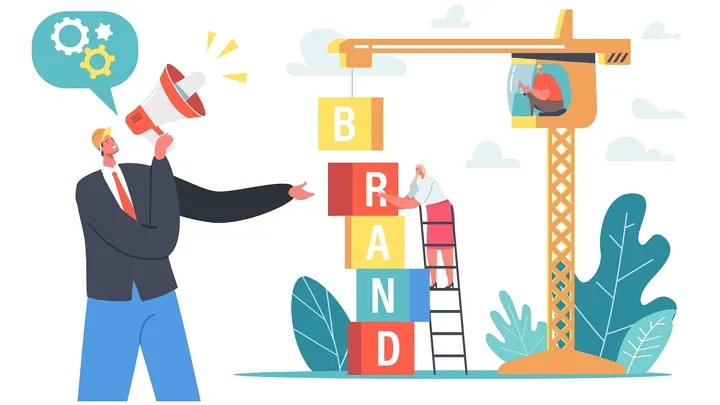
What Is Lead Generation?
Now that people know about your brand, the second part of the process is turning these mere passersby into potential customers. Lead generation strengthens people's interest in your company. They may still not be ready to buy your product, but they are the target market you've successfully lured in and will possibly be your customers in the future.
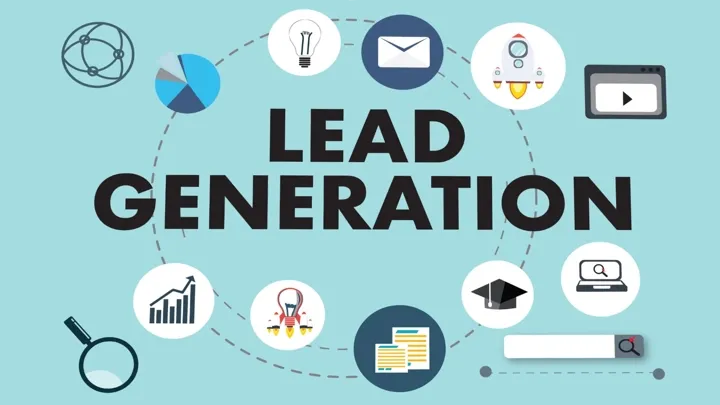
Treat lead generation like window shopping in a newly opened boutique. The brand might be unknown to you at first, but seeing a change in their sets of fresh clothing themes could pique your interest. As you go over their store, you'd come across their friendly staff who explains every detail of the pieces to you. It would only be a matter of time before you fully submit to that brand and decide to purchase one for yourself, thanks to the staff who nurtured you, the customer.
Technically, lead generation is the second step to demand generation. After the demand generation marketing strategy transforms the buyer into a qualified lead, lead generation then turns this lead into an actual customer willing to close a deal.
Example of Lead Generation:
1) Educational In-Depth Content:
In demand generation, your goal is just to give a slight buzz to your product. In lead, you want to hook them more! Educational content about your product or service is a good start in getting your market's trust, as they'd know more information about your offer. You can start with creating an e-book, which can (also) earn you a lead magnet by letting them access your content. They will, in turn, give their contact information.
2) Direct Mail and E-mail Marketing:
You can further strengthen a relationship with a potential lead by sending them personalized mail and e-mail. When I say mail, I meant their home mailboxes! It's a good way of letting your lead know that you are serious about building a relationship with them, which can earn their trust.
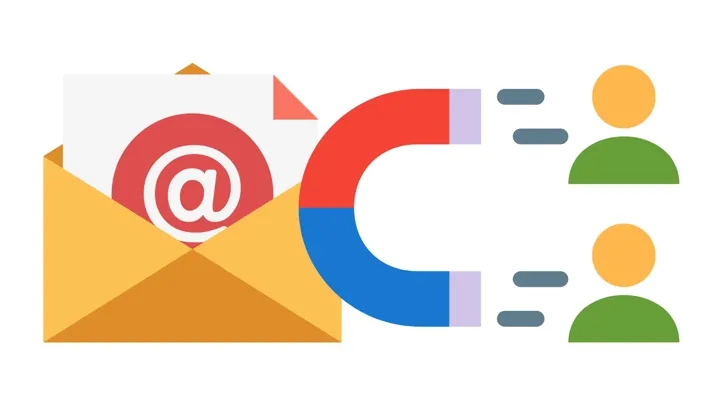
3) Webinars:
It's a good option to host a webinar with experts that your audience may be interested in. If you score some popular and famous ones in the field, you'll be able to collect several leads' contact information. The more leads, the better chances of finding the real customer out of the bunch.
4) Live events:
Those who are trying to score the top dogs of the industry, those with a high-dollar deal, or those who have a bigger budget may want to plan a live event. Unlike webinars, you can see your prospects face to face where you can persuade them better. Those who attend live events also have the same purpose: to connect with the community and lead generation.
5) Prospect Retargeting:
Not every lead leads to a good ending note. Some may simply just not like your product even after your numerous marketing attempts. However, you don't want your efforts to go in vain. Through retargeting your prospects and giving them follow-ups, there's a great chance that they'll look back to your product soon!
Demand Generation vs Lead Generation:
Demand generation vs lead generation are often interchanged for a good reason: they are both about attracting customers. The former is about sparking the interest of people who have limited knowledge about the brand to create leads, whereas the latter coaxes these leads to purchase their product or service.
What is demand generation vs lead generation? Here is how the two differentiate from each other:
Demand Generation:
- Hikes up brand awareness
- Makes your brand's purpose known to the target market
- Building trust among the populace
Lead Generation:
- Obtains the target market's contact information
- Qualified leads created through demand generation are nurtured
- Educates the potential customers of your product or service's uniqueness in the industry
1. How can content increase brand awareness or obtain the lead's contact information?
Let me give you an example. Giving out an e-book can be both a way of demand or lead generation, and it all comes down to how you put out the content and how you let the readers use this material.
Since demand generation seeks to gain attention, this e-book will be disseminated for free. Marketers should also write an informative but easy-to-digest piece to make this reading material demand generation-friendly.
On the other hand, e-books can be used in lead generation by having the reader "pay" for it through their contact details. As they are interested in this book you have produced, they will surely and likely be a potential customer interested in the product itself.
2. What do demand generation and lead generation target?
Marketing is all about forming a bond with your target audience. One, you want them to get to know you through a demand generation strategy. Second, you select the leads that give clear interest to your offers and those who fit your criteria. Qualified leads are those who would start engaging with your lead generation marketing efforts, usually those who continuously click on the number of e-mails you send.
Demand generation targets a broad audience to find your possible prospects from your target market, and lead generation directly targets the qualified leads formed. To maximize your marketing efficiency, mix demand lead generation together.
The Demand and Lead Combination:
Lead generation strategy is often regarded as a subset of demand generation, probably because it continues the success of demand generation. Use demand and lead to attract and generate your leads continuously, and repeat the process.
Overall, we recommend you not to choose between the two. Rather than weighing demand gen vs lead gen against each other, try your best to work with both! Pushing your marketing strategy to its fullest potential can only be possible if you include both demand and lead generation in the planning.
Conclusion:
The difference between demand gen and lead gen are significant, as they both target a different goal. One wants to generate awareness, while the other wants to increase leads. They may not share a common interest, but both are effective marketing strategies that can turn into an efficient pair if used together.
